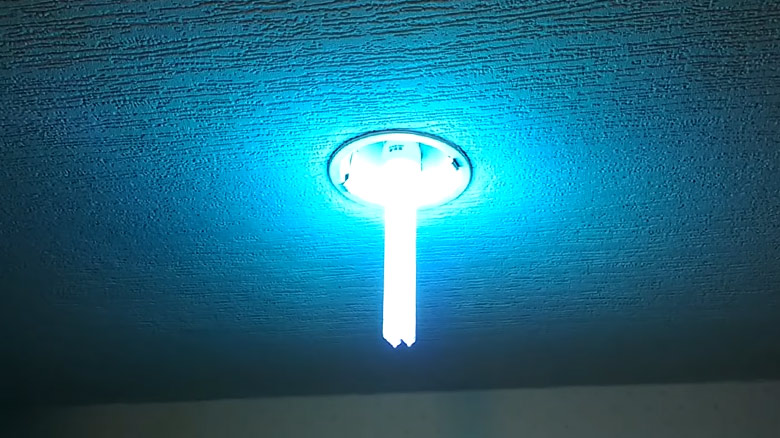[Explained] Can UV Light Cause A Fire?
UV light is mainly a type of electromagnetic radiation that doesn’t emit any light or luminance, but the shorter wavelength can burn skin. However, Too much exposure to UV rays is damaging to living as well as non-living tissues. Yes, at an intense point, it can cause a fire.

Is It Possible the UV Light Causes a Fire?
The electromagnetic spectrum is a broad length of wavelengths that comes from the sun and is transmitted into different frequencies. These electromagnetic spectrums are divided into seven regions with increasing energy and decreasing wavelength. These spectrums are radio waves, microwaves, infrared, visible light, ultraviolet, x-ray, and gamma rays.
Ultraviolet stands between the visible and x-ray wavelength, It is 95% UVA or Near UV and 5% of UVB or middle UV that can reach to earth’s surface, and the UVC or far UV is referred to as vacuum UV. UVC rays get blocked by air and can only propagate in a vacuum.
For a situation where “brilliant” energy is of adequate Power to raise the temperature of the object, it is prepared to pass its Kindle point. Though UV light is less inclined to cause a fire than IR which is fundamental “heat”.
Usually, No UV light, unlike IR (infrared) lights can heat objects within the range of concentrated light. If the intense level of UV rays can be magnified, only at that point it can produce a fire. But normal UV rays wavelength can only affect the chemical reactions but, it can’t cause a fire without intense exposure to UVs for a long time.
FAQs (Frequently Asked Questions)
Can UV light overheat?
Chemical bonds can be broken by UV rays. UV photons break the bondage between chemicals and can ionize them, as a process in which electrons separate from atoms because of their greater energy. The ensuing vacancy alters the atoms’ chemical characteristics and influences whether or not they establish or break chemical connections which can lead the process to overheat.
What is the main danger of UV light?
UV lights are ionizing radiation, which can make serious changes to the human body as well as chemicals. It is proven that UV rays create Vitamin D in the human body but not all UV rays are good for our bodies. Overexposure to UV rays can burn the skin, also it can change the chemical bonding underneath our skin which can cause cancer. Premature aging and many kinds of skin diseases can be caused by prolonged exposure to UV light.
Can I leave a UV light on at night?
UV lights emit rays that can damage your health and environment as it has a shorter wavelength to affect. So if you leave UV light on at night, It can damage your skin as well as your furniture. Also, the UV bulb takes excessive energy to produce light, so keeping the light on for a long time can make the filament heated as it consumes more energy. So, as a result, the light can burst which will make the UV particles discharged into the environment. It can cause serious damage to anything exposed directly under the circumstances.
Conclusion
UV Lights can cause a fire in overexposure. Though the effect will be a very slow procedure and it won’t be visible in bare eyesight. It will take approximately 15-20 minutes to burn anything under UV rays. But if you use any magnifying glass between the material and the rays, it might take less time to produce fire. But when you are using UV light at home, make sure the bulb is not leaked or broken. Try to have proper caution before turning on the UV light.





